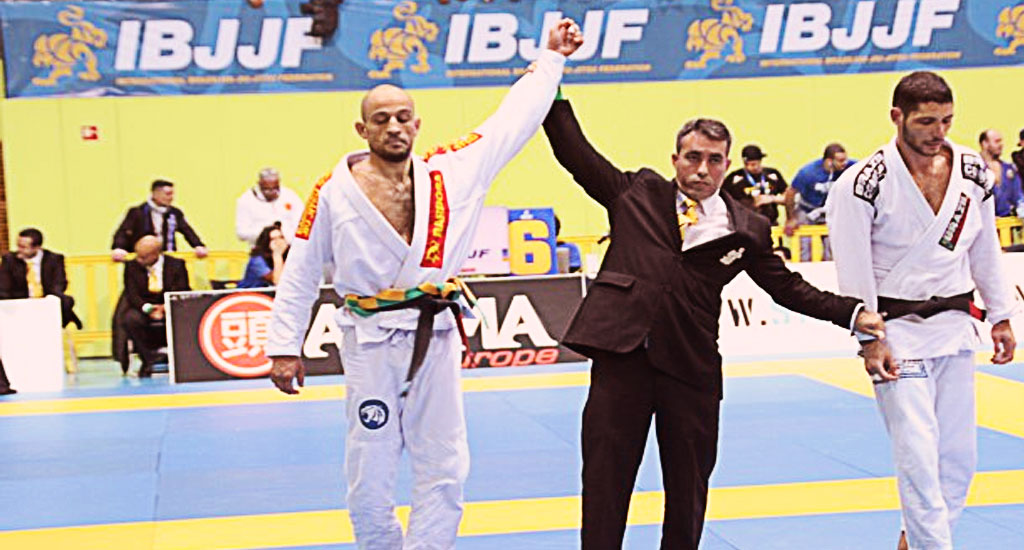Brazilian Jiu-Jitsu (BJJ) stands as a martial art that goes beyond physical prowess. It combines technique, strategy, and discipline to empower practitioners with the ability to overcome opponents of greater size and strength. In this article, we will embark on a journey into the world of Brazilian Jiu-Jitsu, exploring its intricacies and uncovering the key principles that allow individuals to master this captivating art form.
- The Origins and Philosophy: Brazilian Jiu-Jitsu traces its roots back to the early 20th century in Brazil, evolving from traditional Japanese Jiu-Jitsu. The Gracie family played a pivotal role in developing and popularizing the art. At its core, BJJ emphasizes leverage, technique, and timing over brute force. It embodies the philosophy that a smaller, well-trained individual can defeat a larger, stronger opponent through skillful manipulation and submission holds.
- Fundamentals and Techniques: The foundation of Brazilian Jiu-Jitsu lies in mastering fundamental techniques. These include various positions, transitions, submissions, escapes, and sweeps. Practitioners learn how to control an opponent, gain advantageous positions, and ultimately submit them through joint locks or chokes. Attention to detail, precision, and understanding of body mechanics are crucial to executing techniques effectively.
- Live Training: Brazilian Jiu-Jitsu sets itself apart through live training sessions known as "rolling" or "sparring." This aspect allows practitioners to apply techniques in realistic situations against resisting opponents. Rolling fosters adaptability, problem-solving, and the ability to think strategically in a dynamic and unpredictable environment. It builds confidence, mental toughness, and enhances physical conditioning.
- Strategy and Game Plans: BJJ encourages the development of individual game plans. Each practitioner can explore and refine techniques that suit their body type, style, and preferences. This personalized approach allows for a creative and strategic mindset during training and competitions. Understanding one's strengths, weaknesses, and adapting to different opponents become key components of success in Brazilian Jiu-Jitsu.
- Discipline and Mindset: Like any martial art, Brazilian Jiu-Jitsu requires discipline and a strong mindset. Consistent training, dedication, and perseverance are essential to progress and master the art. BJJ teaches humility, respect, and the importance of continuous learning. It instills mental resilience, helping practitioners overcome challenges both on and off the mat.
- Community and Learning Environment: Brazilian Jiu-Jitsu is more than just a physical activity; it fosters a sense of community and camaraderie. Training in a supportive environment with experienced instructors and fellow practitioners creates a positive atmosphere for growth and development. Sharing knowledge, helping others, and building lasting relationships are integral parts of the BJJ journey.
- Benefits Beyond the Mat: The benefits of mastering Brazilian Jiu-Jitsu extend far beyond self-defense skills. Regular training improves physical fitness, coordination, flexibility, and overall health. BJJ enhances mental focus, problem-solving abilities, and stress management. The lessons learned on the mat often translate into improved self-confidence, discipline, and resilience in various aspects of life.
As we conclude our exploration of Brazilian Jiu-Jitsu, it becomes evident that mastering this art is a multifaceted endeavor. It requires a combination of technique, strategy, discipline, and the right mindset. While platforms exist to aid in learning and connecting with the BJJ community, it is ultimately the personal dedication and commitment to continuous growth that will allow individuals to truly master the art of Brazilian Jiu-Jitsu. So, step onto the mat, embrace the challenges, and unlock the transformative power that lies within the world of BJJ.
For more info :-





Comments